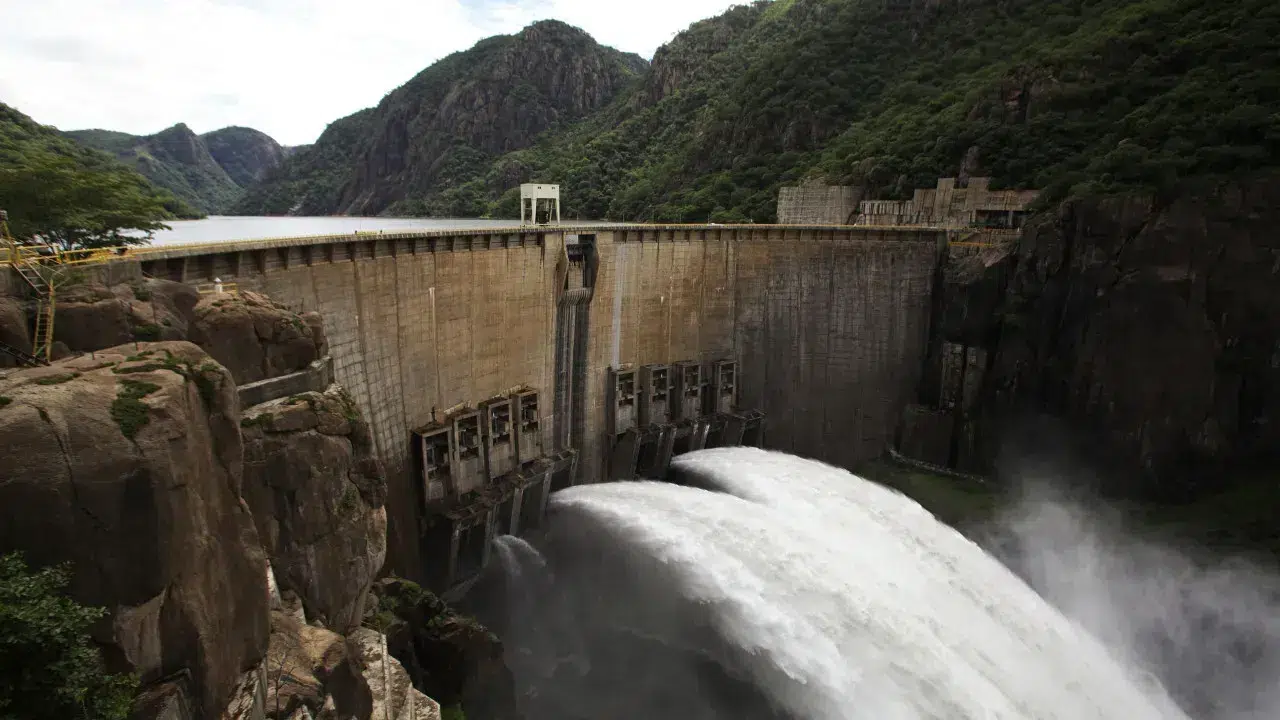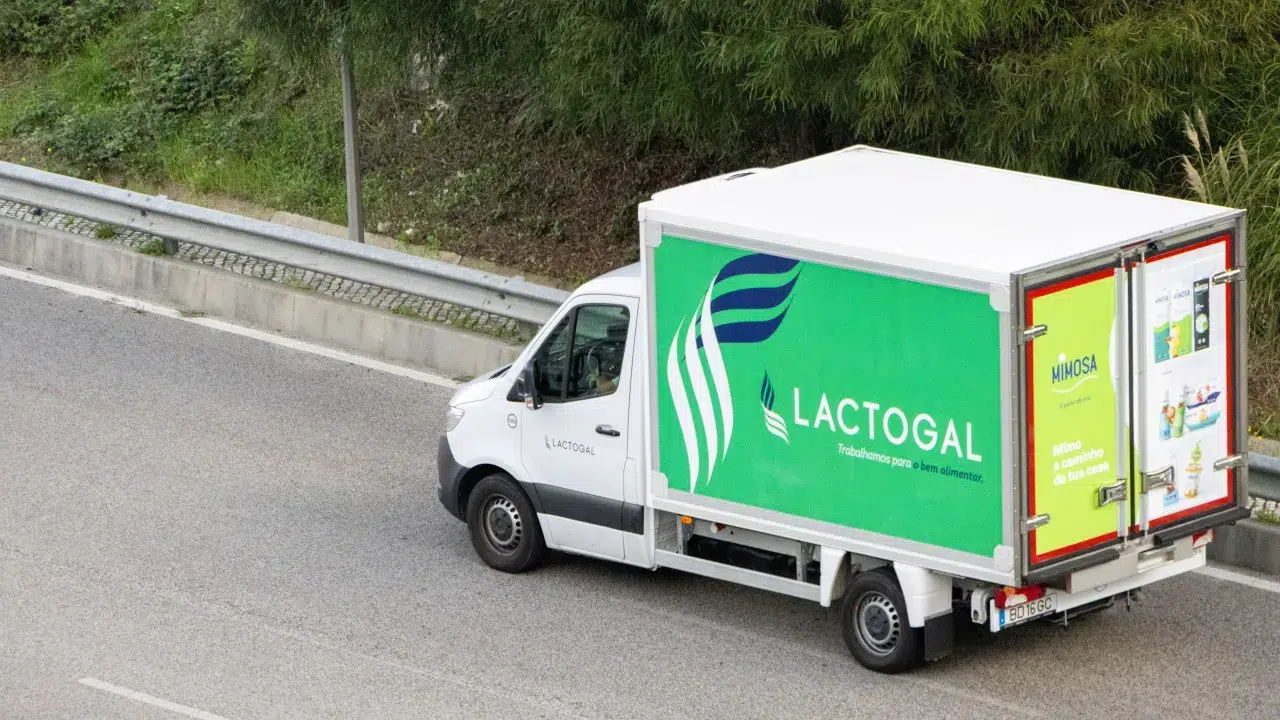
The Austrian company announced that it has awarded the rehabilitation project of the hydroelectric plant to Andritz. The project aims to “increase the efficiency, reliability, availability, and maintenance of the infrastructure,” boosting the capacity by 4% to 433 MegaWatts (MW) for each generator set.
“Andritz will supply five state-of-the-art 480 MVA generators, five new Francis turbine rotors, control and protection systems, and hydromechanical structures,” the statement added. The project includes “the manufacture and supply of high-efficiency equipment, as well as installation, testing, and commissioning on-site.”
The Austrian company also indicated that the hydroelectric plant’s generator units would be replaced one by one, in phases, ensuring the “stable and constant” operation of the infrastructure for continuous energy generation.
International Andritz, founded in 1852 and headquartered in Austria, specializes in supplying equipment in the energy sectors, including service provision and digital solutions, environmental products, among others, as mentioned in the press release.
On May 21, reports indicated that electricity production in Mozambique is expected to decrease by 1.3% in 2025 due to maintenance work at the Cahora Bassa Hydroelectric Plant, according to official data from the government.
Thus, Mozambique is expected to produce 19,197.8 GigaWatt-hours (GWh) of electricity this year, with 15,504.4 GWh guaranteed by HCB in Tete province, representing a 4.1% decrease compared to 2024, the lowest value in four years.
Globally, electricity production from hydro sources, including the Cahora Bassa dam, is expected to decline by 4.1% this year, while electricity production from thermal power plants is projected to increase by 17.6%, nearly half from the CTRG natural gas plant, which is expected to secure 1,196.3 GWh in 2025, up 7.4% from 2024.
Production at solar parks in Mozambique is set to decrease by 5.8% to 95.5 GWh this year, according to the same document.
HCB is a privately held company, 85% owned by the state-owned Companhia Elétrica do Zambeze and 7.5% by Portuguese company Redes Energéticas Nacionais (REN), with the company holding 3.5% of its own shares, while the remaining 4% is owned by Mozambican citizens, companies, and institutions.
The Cahora Bassa reservoir is the fourth largest in Africa, employing nearly 800 workers, and is one of the largest electricity producers in the southern African region, supplying neighboring countries.
The dam is situated in a narrow gorge of the Zambezi River, with construction taking place from 1969 to June 1, 1974, during the Portuguese colonial period. Commercial operations began in 1977 with the transmission of the first 960 MegaWatts (MW) produced by three generators, compared to the current installed capacity of 2,075 MW.
HCB is already planning to revive the new plant project in the north in response to the growing electricity demand in the region.




